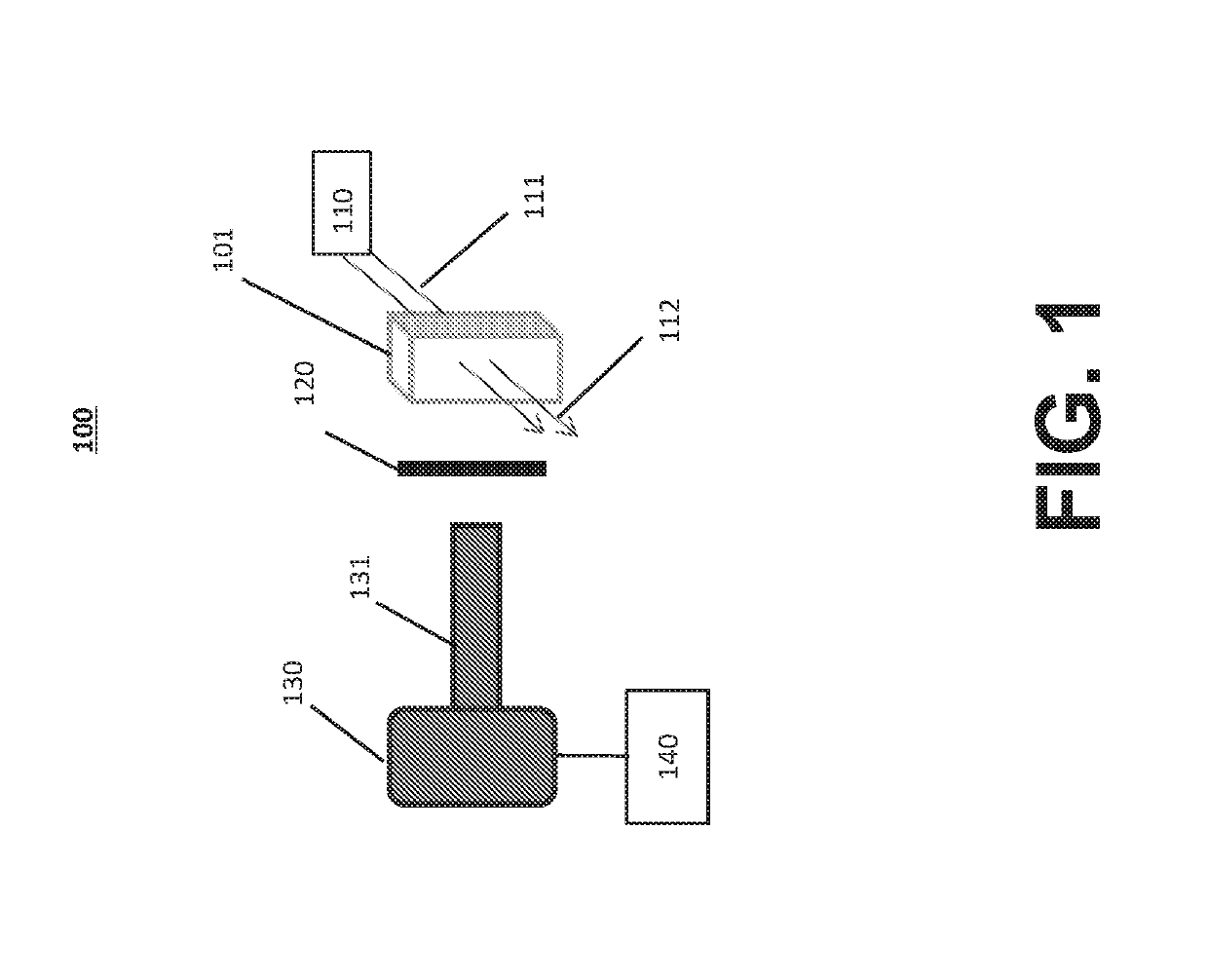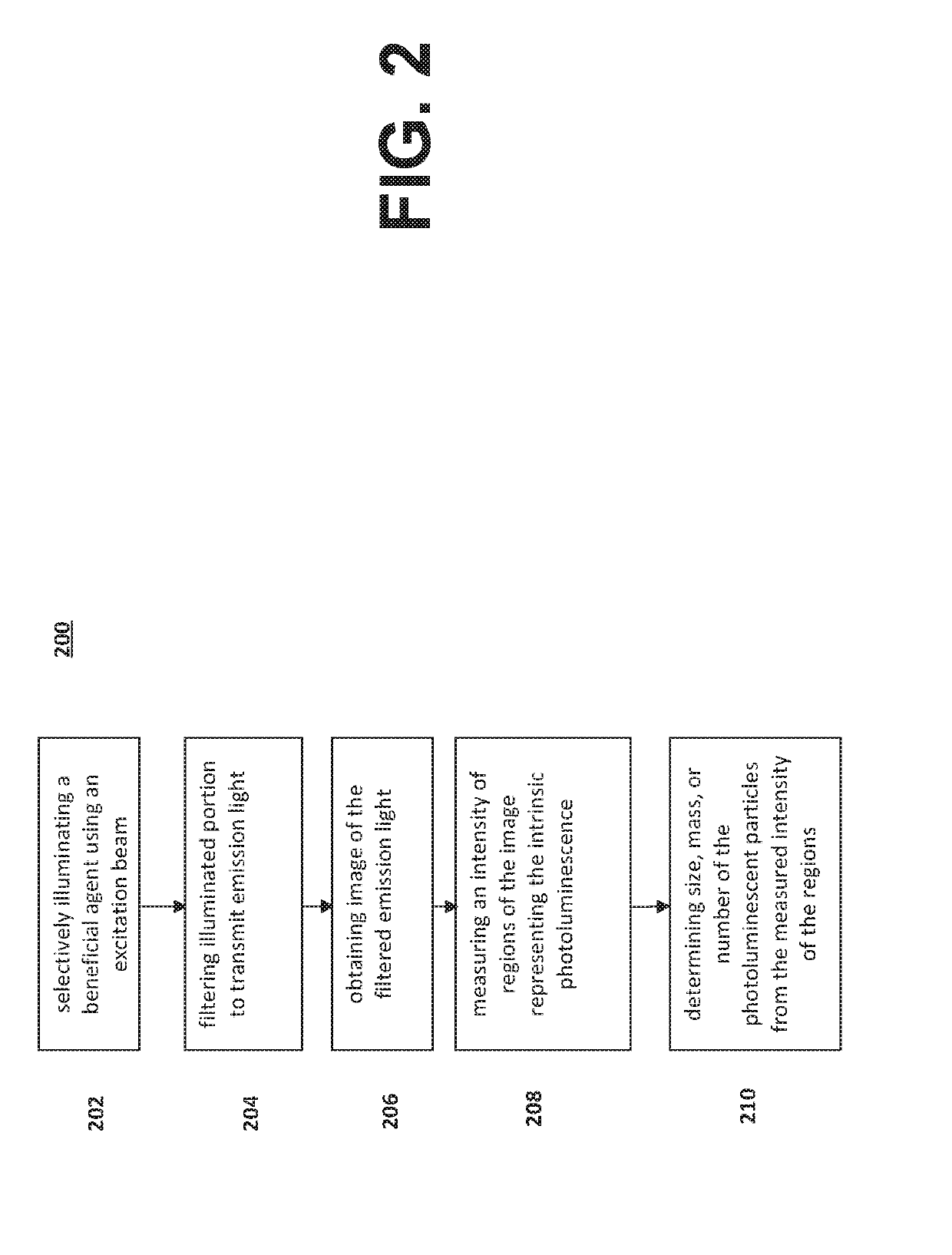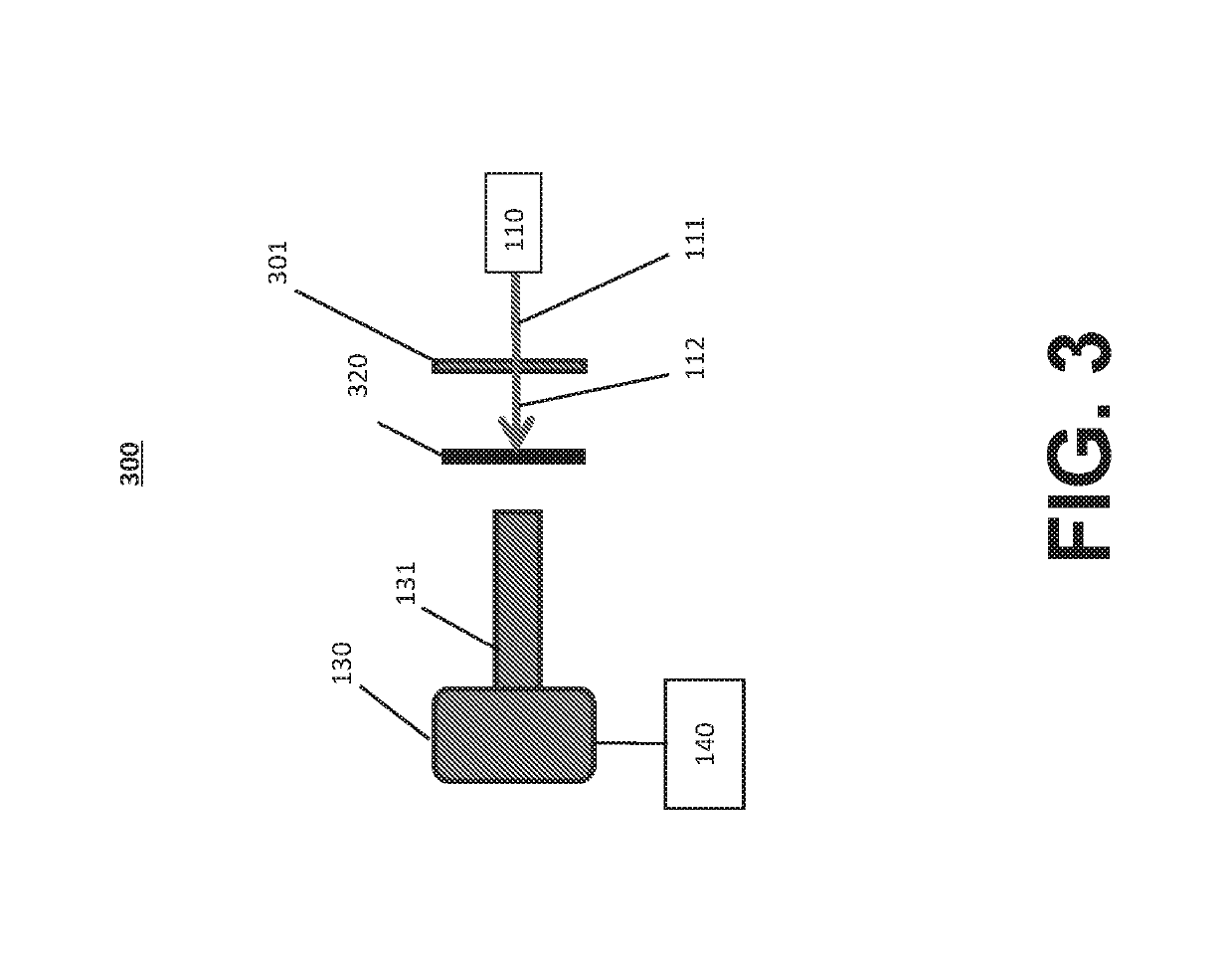Systems and Methods for Identifying Protein Aggregates in Biotherapeutics
a biotherapeutics and protein technology, applied in the field of systems and methods for inspecting particles in liquid beneficial agents, can solve the problems of complex structure, difficult detection and control of molecular aggregation, and underlie great conformational flexibility and reduced or limited physical stability
- Summary
- Abstract
- Description
- Claims
- Application Information
AI Technical Summary
Benefits of technology
Problems solved by technology
Method used
Image
Examples
Embodiment Construction
[0042]Reference will now be made in detail to the various exemplary embodiments of the disclosed subject matter, exemplary embodiments of which are illustrated in the accompanying drawings. The structure and corresponding method of operation of the disclosed subject matter will be described in conjunction with the detailed description of the system.
[0043]The systems and methods presented herein can be used for detection of particles, such as proteins and protein aggregates or any other visible or subvisible particles, in any of a variety of suitable beneficial agents or substances. As used herein, a “liquid beneficial agent” or “beneficial agent” (used interchangeably herein) is intended to refer generally to a substance or formulation in liquid form to be administered to or used by an individual (also referred to herein as a user or a patient) for an approved medical indication, such as a medication, diagnostic, nutritional, or other therapeutic agent. For example and without limit...
PUM
| Property | Measurement | Unit |
|---|---|---|
| concentration | aaaaa | aaaaa |
| size | aaaaa | aaaaa |
| size | aaaaa | aaaaa |
Abstract
Description
Claims
Application Information
 Login to View More
Login to View More - R&D
- Intellectual Property
- Life Sciences
- Materials
- Tech Scout
- Unparalleled Data Quality
- Higher Quality Content
- 60% Fewer Hallucinations
Browse by: Latest US Patents, China's latest patents, Technical Efficacy Thesaurus, Application Domain, Technology Topic, Popular Technical Reports.
© 2025 PatSnap. All rights reserved.Legal|Privacy policy|Modern Slavery Act Transparency Statement|Sitemap|About US| Contact US: help@patsnap.com



